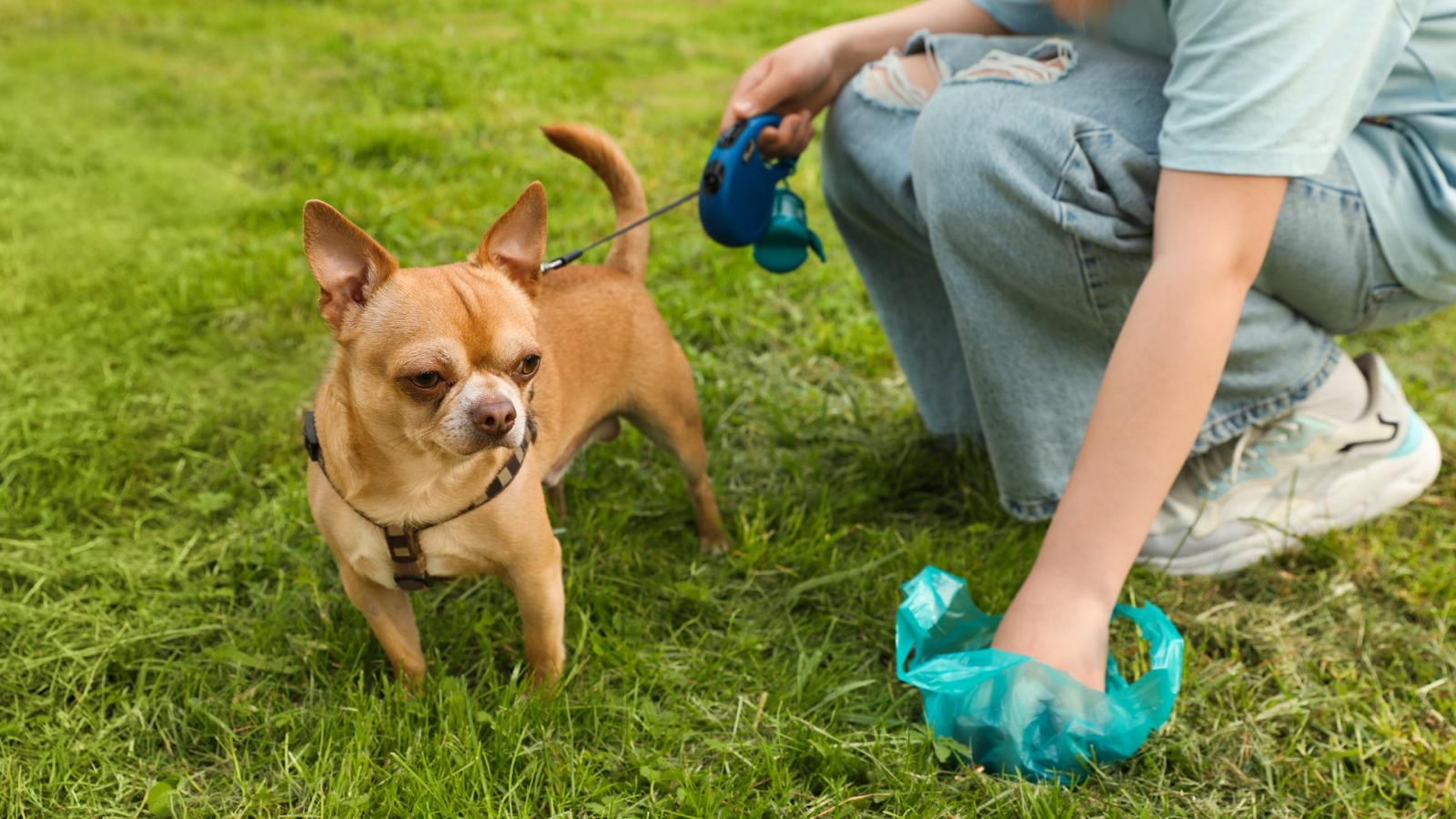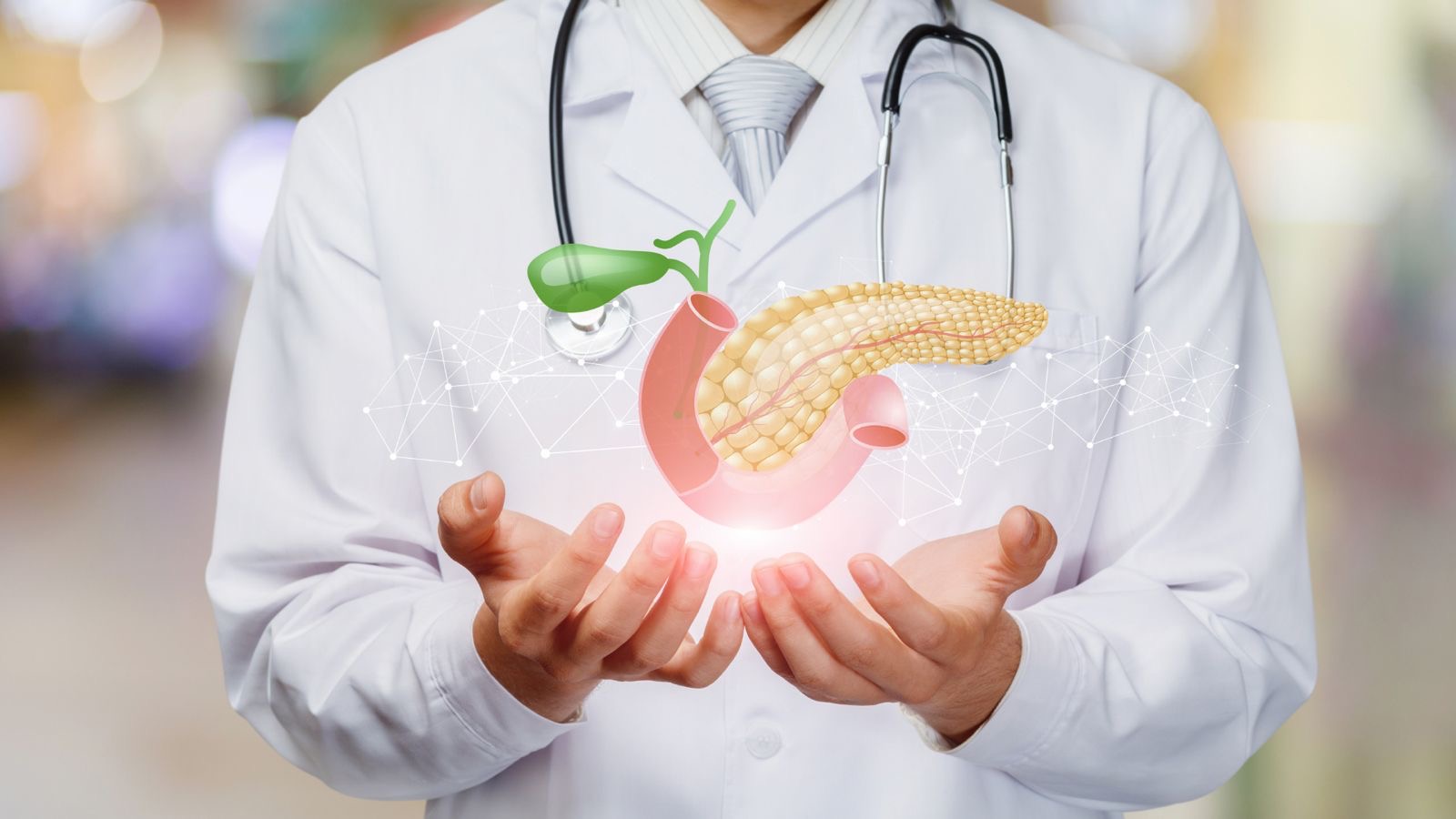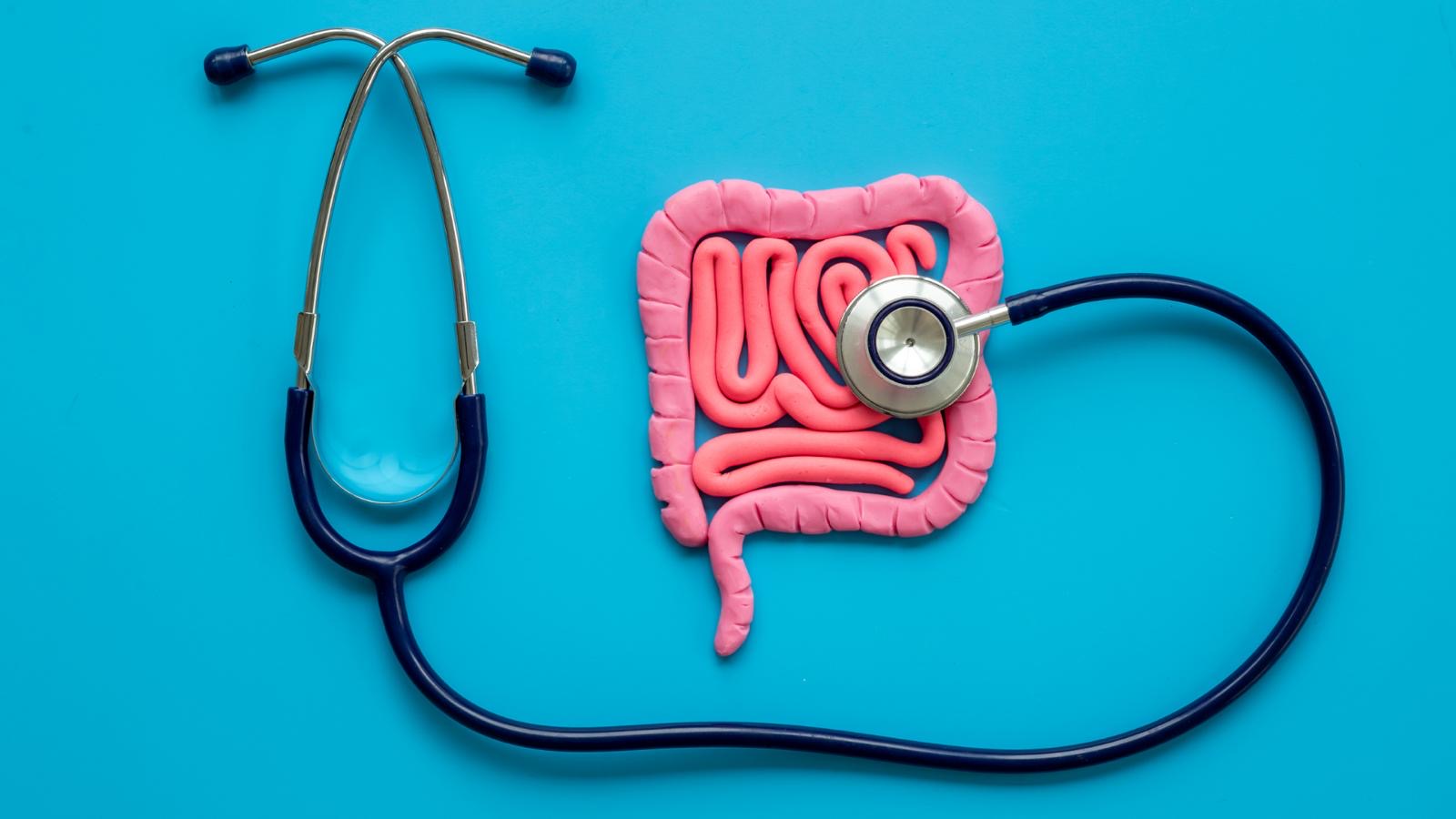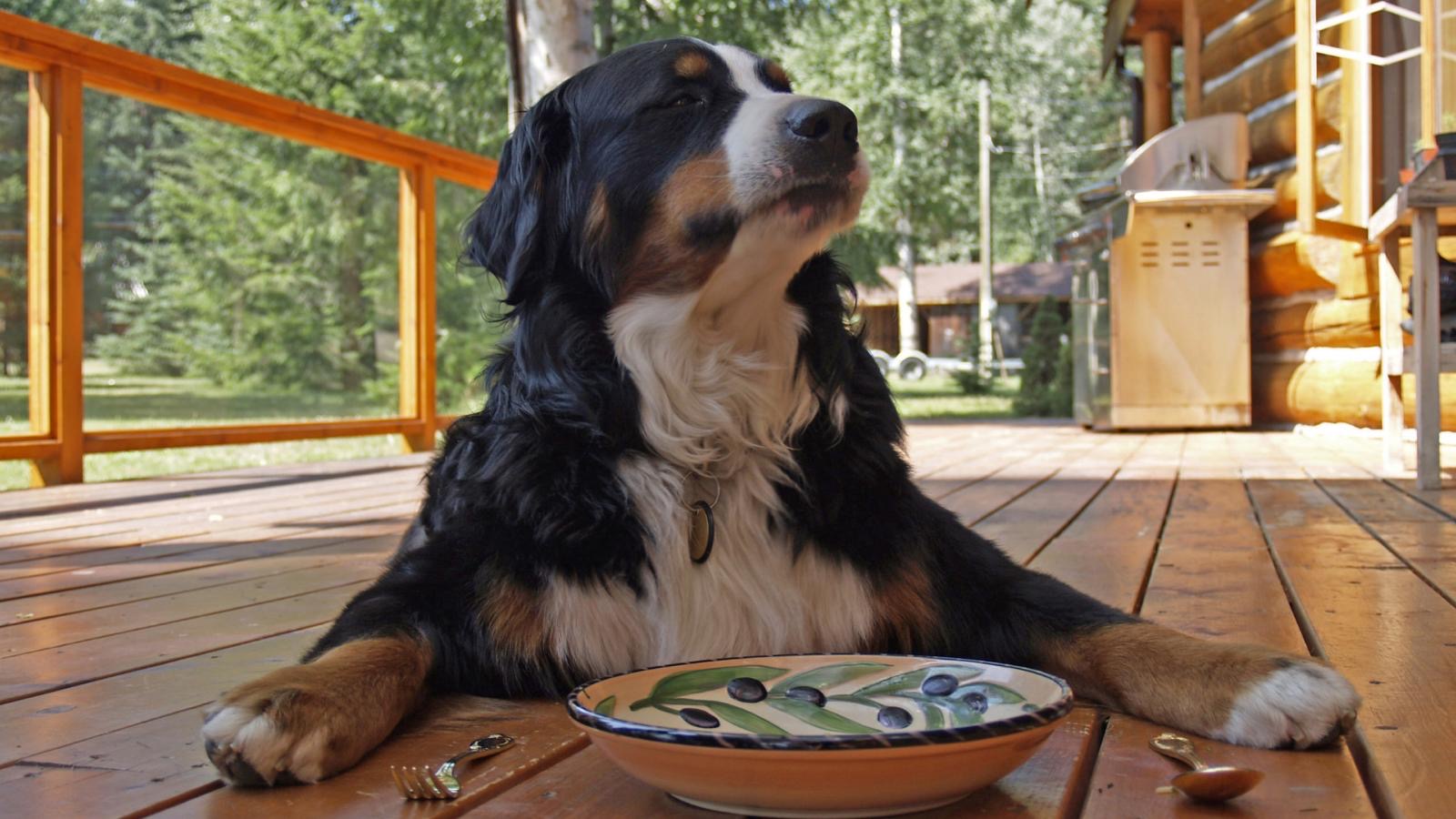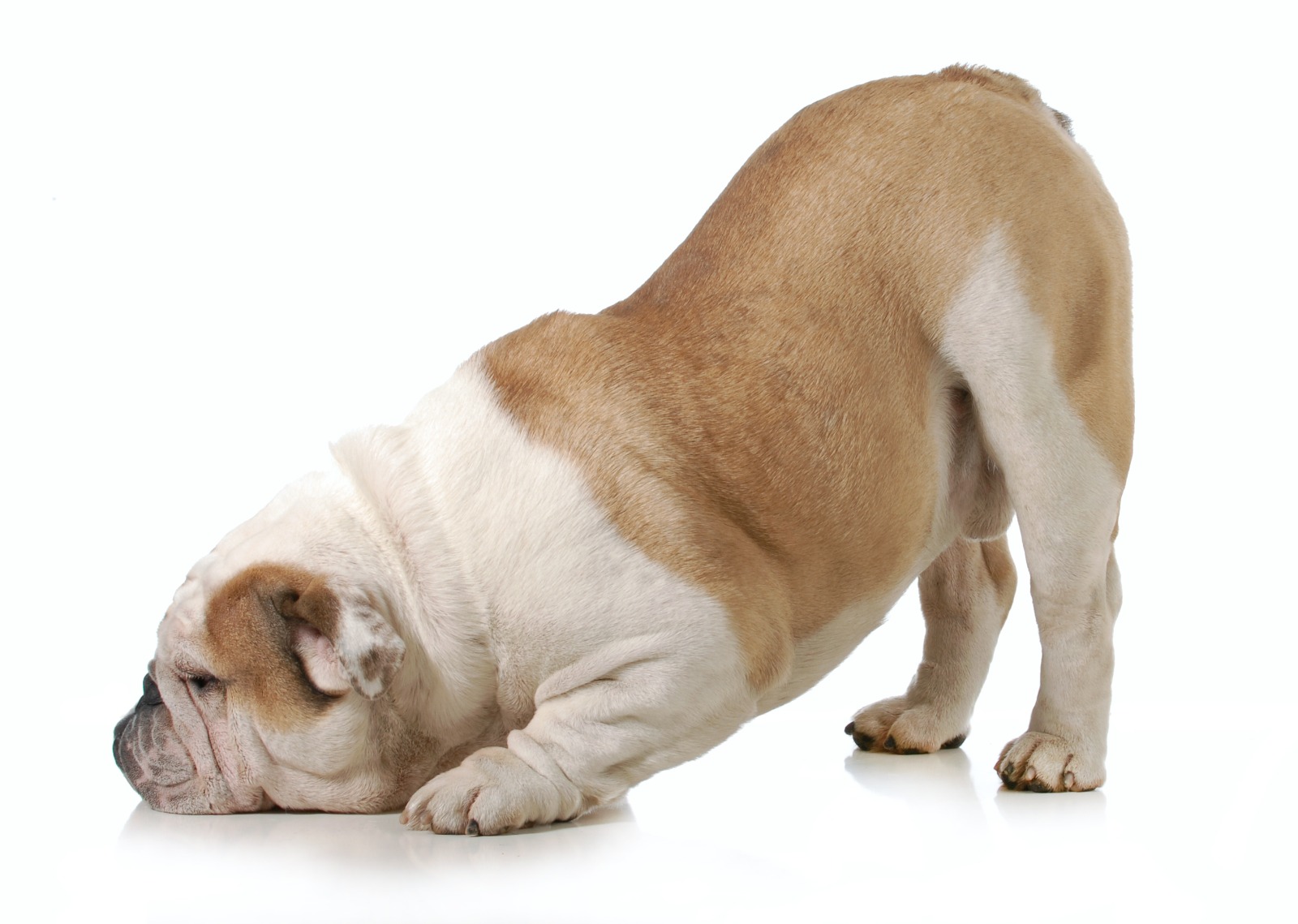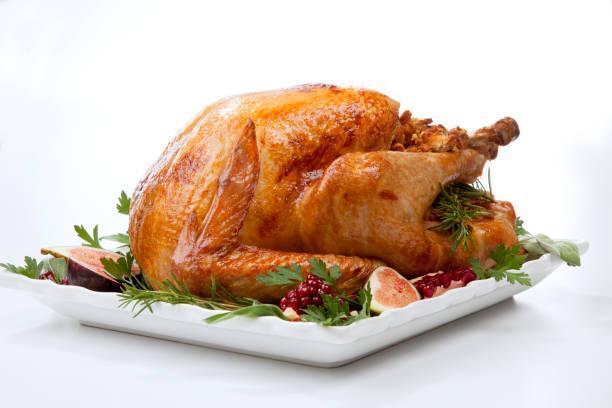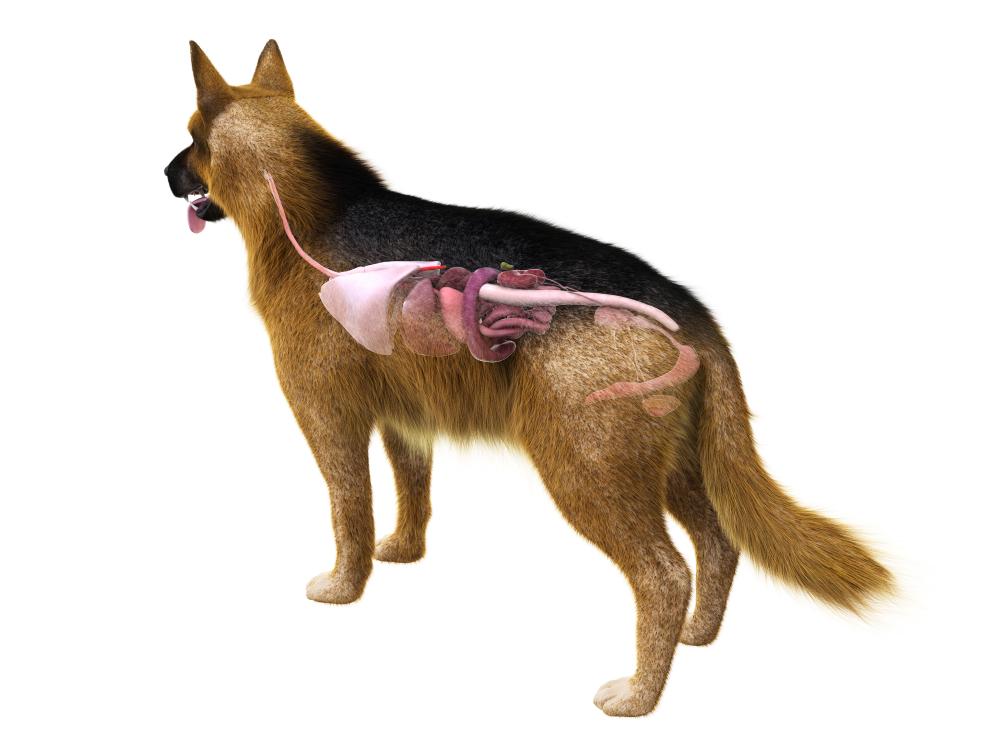Megaoesophagus is a challenging condition to care for, and a commonly discussed topic in the dog care world. Here at My Pet Nutritionist, we are often asked about how is best to care for a dog with Megaoesophagus, so here is our guide to megaoesophagus, and how to support those with it.
What is Megaoesophagus?
Often shortened to ME, Megaoesophagus is a condition which affects the oesophagus.
The oesophagus is part of the digestive system, and one of the first body parts to be used in digestion. It can be found behind the trachea (windpipe), running down through the chest cavity between the heart and the spine. The oesophagus pushes food from the throat, to the stomach, where it is digested, by a process called peristalsis. Peristalsis is a wave-like series of contractions which squeezes food through the tube.
When a dog has megaoesophagus, the oesophagus is dilated, which ultimately causes a lack of motility due to poor conformation and the inability to carry out peristalsis, so food is unable to reach the stomach, and the dog is unable to benefit from nutrients in the food.
Megaoesophagus can occur in any breed of dog, and at any age, however some breeds are more at risk than others due to predisposition. These include:
- German Shepherd
- Shar Pei
- Newfoundland
- Great Dane
- Miniature Schnauzer
- Greyhound
- Labrador
Findings Here
Findings Here
Symptoms of Megaoasophagus
- Regurgitation: probably the first symptom owners recognise. Because peristalsis is unable to occur, food sits in the oesophagus in the chest cavity, which results in it being ejected through the throat, and mouth, undigested.
- Aspiration pneumonia: a major health complication, and can be a sign that the dog has a dilated oesophagus. The dog may aspirate during regurgitation, causing major breathing difficulties and lung infections like Pneumonia.
- Lack of appetite: common in ME cases, dogs will often decide they’d rather not eat due to the discomfort caused by the food they’ve eaten sitting in the chest cavity.
- Extreme hunger: on the other end of the scale, the dog may seem constantly very hungry, because they are not receiving any nutritional benefits from the food being consumed.
- Frequent swallowing or air licking: dogs will often show these signs as they are unable to move food from the chest cavity, making them feel nauseous.
- Coughing: can occur as the dog attempts to move food from the chest cavity.
- Raspy breathing: this often occurs due to inflammation in the chest area, caused by the stuck food.
- Weight loss and stunted growth: as the dog is unable to make use of the nutrients from the food (as the food cannot get to the stomach to be digested), weight loss is very common, and growth in puppies is stunted.
- Smelly breath: the gasses from food stuck in the oesophagus can cause severely smelly breath.
- Drooling: often a sign of nausea, drooling is common in dogs with ME.
Findings Here
Causes of Megaoesophagus
It is unclear as to how the majority of cases are caused. ME can be congenital (present from birth), hereditary (passed genetically from parents), or acquired (developing during life, but not genetically inherited).
One potential cause of ME, is as a secondary effect of Persistent Right Aortic Arch; which is one of the most common vascular diseases in dogs, and causes the tightening of a ring around the oesophagus.
Tumours in the oesophagus can be a cause of ME, as the tumour causes an obstruction, and changes the structure of the muscles in the tube, which then dilates it.
Trauma to the oesophagus, spinal cord, or brain is often a trigger, as soft tissue damage heals with scar tissue, which effects the motility of the oesophagus.
Parasitic infections are thought to be able to cause ME too, as the parasites latch onto the walls of the oesophagus, causing damage to the muscular structure.
Myasthenia Gravis is a neuromuscular condition whereby generalised muscular weakness occurs in the body. This can also affect the muscles involved in peristalsis.
Toxin exposure is a large potential, too. Toxins have so many poor effects on various parts of the body, and bodily processes. Its always best to keep toxins to a minimum by minimally vaccinating, using natural pest preventions, using natural household products, and feeding a fresh diet.
There are also various studies to suggest that hormonal disorders regarding the thyroid can be a contributing factor to ME cases, including Hypothyroidism, Hyperthyroidism, and Hyperadrenocorticism (Cushing’s Disease).
Findings Here
Findings Here
Findings Here
Findings Here
How is Megaoesophagus Diagnosed?
If your dog is experiencing any of the symptoms listed above, it is imperative that you get them checked out by a veterinarian.
The typical veterinary test for diagnosis of ME, is the Videofluoroscopic Swallow Study (VFSS), whereby the vet is able to see a live view of the scan being performed, so they are able to watch the path taken by food and liquid given before the study is carried out. They can see how efficiently it moves from the throat to the stomach.
Findings Here
What Conventional Treatments are Available?
The vet may offer surgery to help improve your dog’s quality of life, however it is unlikely that surgery will completely cure the problem. The surgery will reduce the risk of aspiration pneumonia, which is a life threatening disease in itself, and may help to improve motility of food to the stomach.
A gastric feeding tube may also be offered to your dog – this is a tube implanted directly into the stomach, through which food can be given, in order to completely skip use of the oesophagus. Food will not be regurgitated, however regurgitation of saliva will still occur.
The final treatment your vet may suggest, is medication – there are a few medications which may be trialled, or even a botox injection into the lower part of the oesophagus, to help stabilise it.
Findings Here
What Can we do to Support the Body?
There are many ways in which we can support those with ME. Let’s discuss these options!
Mechanical Help
Dogs with Megaoesophagus often do fantastically eating from a seated position as opposed to a standing one. There is a brilliant product known as a Bailey Chair, as designed by the owner of an ME dog called Bailey; these chairs have been an absolute godsend for many! The dog is in a seated upright position in the chair, which allows for gravity to help proceedings. As food is eaten, gravity helps push it down into the stomach when peristalsis is lacking. The dog remains in the chair for a short time after eating while the stomach digests.
We can run a food consistency trial for our ME dogs. Different individuals cope better with liquid textured foods, others with chunkier morsels. It very much depends on what suits the individual best, hence we can run a trial to see what works best for the dog in question. Some do better with the food rolled into balls, others cope better with watered down, or finely blended foods.
Diet
Of course, as with anything, we are all about fresh feeding here at My Pet Nutritionist, so would always recommend feeding a fresh food diet; this can be raw, or cooked! Raw food can be bought in a chunky or fine textured mince; see which works best for your dog! You can add water to it too!
Our balanced cooked recipes can be blended to a very fine mince too, which may be required, or they can be fed rolled into balls. Leaner proteins would be advisable as they may be easier to digest, and will likely have a more favourable texture. A cooked diet may be a better option, as motility is slower in ME sufferers, and raw may sit in the digestive tract for longer than cooked.
“Why don’t we want to feed dry food to ME dogs?”, I hear you ask! Dry food is very inflammatory, and given ME can be caused by inflammation, its best to steer clear of ultra processed inflammatory foods!
Supplements
Mucilage herbs such as slippery elm or marshmallow root may help soothe the throat, and reduce acid on in the digestive tract, to reduce regurgitation.
Vitamin B12 is often difficult for ME sufferers to absorb, so a supplement may be required.
Probiotics help replenish the microbiome in the digestive tract, which is very important in dogs with an already compromised ability to digest food.
Findings Here
Findings Here
Findings Here
As each individual case of Megaoesophagus is different, and symptoms can be awkward, we recommend a consultation so we can work with you in a one-to-one capacity to get to the root cause of your individual dog’s case.
If your dog is struggling with he effects of Megaoesophagus, after diagnosis, please don’t hesitate to book in with one of our team for a consultation to find out what you can do to help your dog stay comfortable!
Team MPN x


